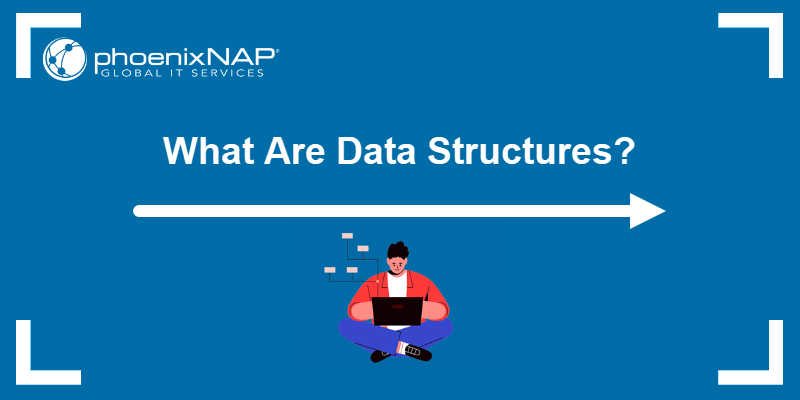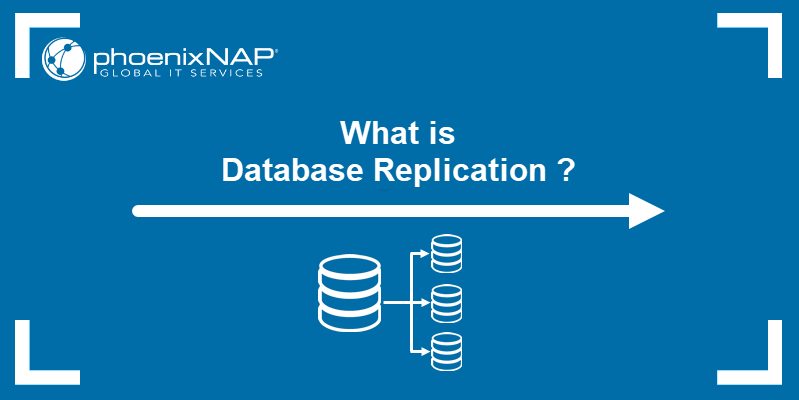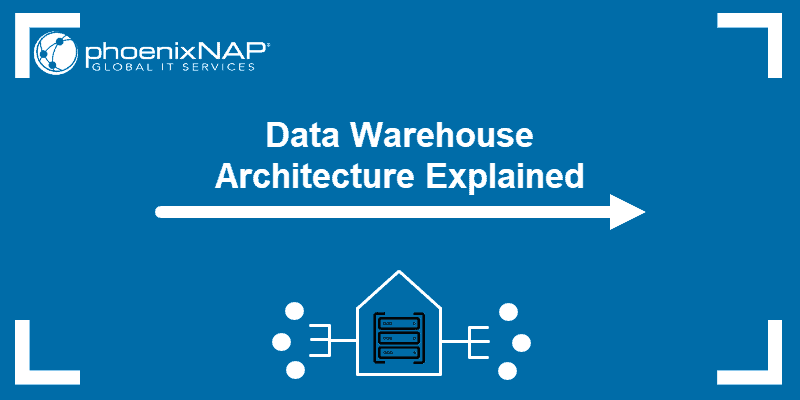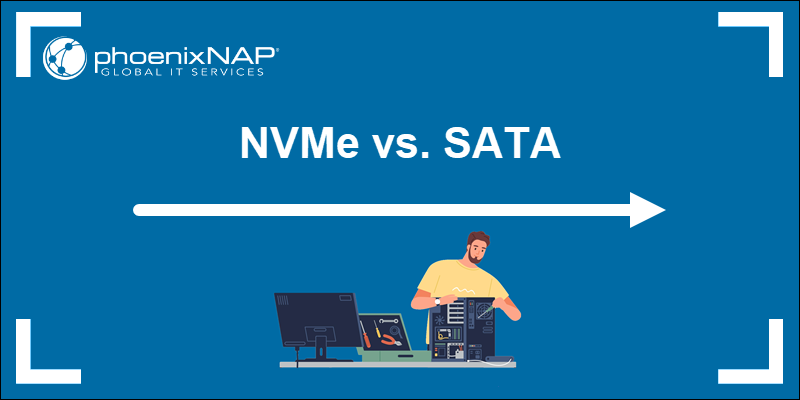Data storage helps save digital data and information. As data grows exponentially, the methods of storing information also grow in complexity. Likewise, the individual pieces of data have evolved from bits and bytes to documents, video, audio, user preferences, network configurations, etc.
There are various approaches to storing data depending on the type of data, the amount of data, and the purpose of the storage.
This article defines data storage and provides a comprehensive overview of distinct data storage types.
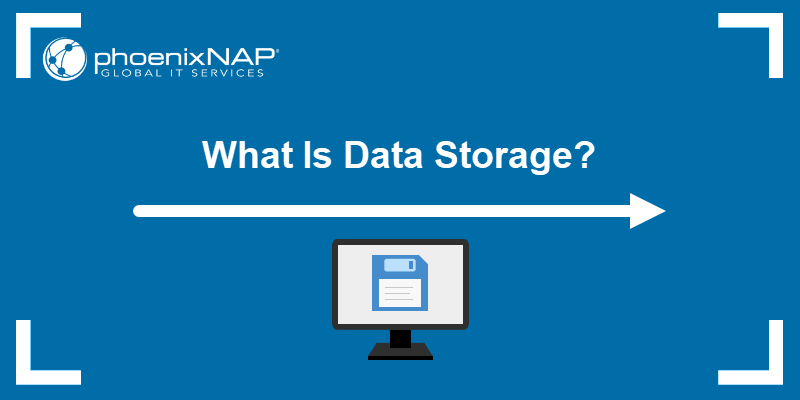
What is Data Storage?
Data storage is the process of using computer devices to save digital information. Storing data helps achieve numerous digital tasks efficiently.
Computers leverage different types of memory depending on how the system uses the data. For example, devices rely on RAM for instant data storage and retrieval, while ROM helps store long-term data.
The process of data storage becomes complex quickly. For instance, organizations that work with vast volumes of data require faster and high-capacity storage devices.
Some challenges that come with enterprise-level data storage are:
- Large data volumes. Big data projects, IoT, AI, and machine learning require large data storage solutions to store massive amounts of data.
- Security. Enterprises need a secure data storage solution with extra protection against data loss and fraud.
- Data integrity. Complex backup strategies with reliable data storage devices help ensure data integrity.
Several types, devices, and forms of data storage exist to help address both small-scale and enterprise-level requirements.
Types of Data Storage
There are many ways to set up links between devices accessing data and data storage devices. The different connections result in unique data storage types.
Below is a short definition and overview of each data storage type.
DAS - Direct-Attached Storage
Direct-attached storage (DAS) is a storage device with a direct link to a computer or server. The storage connects to a single device, either internally or externally.
DAS devices are simple to set up and maintain compared to network-based storage. However, attaching to a single device creates a single point of failure. DAS is not scalable and has limited sharing options.

Although directly attached storage is unsuitable for enterprise-level workloads, storage virtualization enables hyperconverged infrastructure (HCI), which creates a flexible DAS solution.
NAS - Network-Attached Storage
Network-attached storage (NAS) is a dedicated storage server that connects to devices through a LAN. Due to networking capabilities, multiple external devices can retrieve and store data on the server.
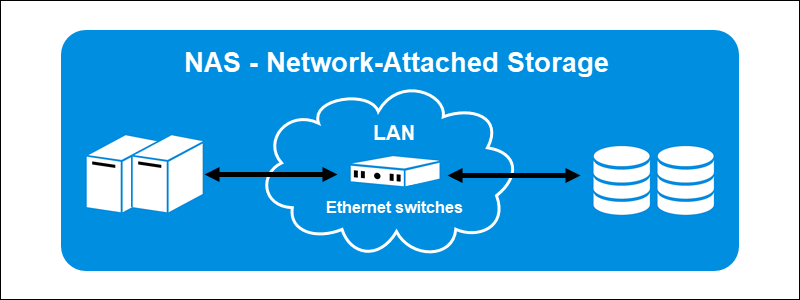
NAS storage has vast sharing capabilities due to the network connection. The device uses clustering or a redundant array of disks (RAID) and utilizes a file-storage system. Open-source solutions enable installing a run-down OS and implementing solutions such as Samba, NFS, or FTP to create a NAS.
The networking factor makes these storage types harder to set up and maintain. Therefore, the solution is better suited for enterprise-level workloads and backups. The main drawback is the bottleneck in the LAN bandwidth for data transfers.
SAN - Storage Area Network
A storage area network (SAN) is another type of network-based storage with block-level access. This storage type contains multiple data storage devices interconnected through a network. The storage type represents a combination of NAS and DAS.
SAN is a dedicated storage network that attaches to servers. The storage type uses distinct networking protocols, such as Fibre Channel, to transfer data between a server and storage. Servers connected to the storage network see storage devices as directly attached devices.
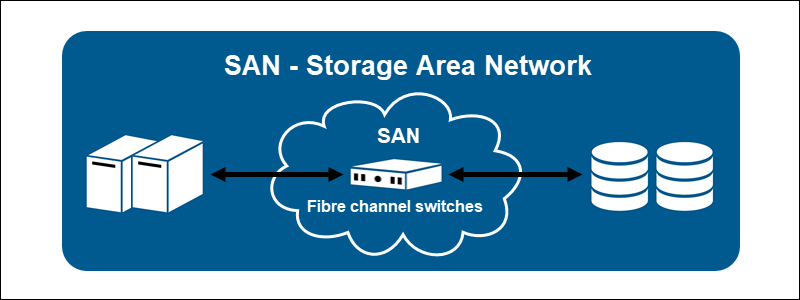
A SAN setup involves working with a specialized network and storage devices. Each device and the dedicated network needs configuration and maintenance, which is expensive.
Types of Data Storage Solutions
Data storage solutions come in different flavors; every device uses unique technology and addresses various problems with data storage.
Below is a brief overview of different data storage devices and technological solutions.
Flash and SSD
Flash memory is a solid-state technology that uses flash chips to store data persistently. Most modern flash memory examples refer to an SSD (Solid State Drive).
SSDs have no moving parts, which makes them less vulnerable to mechanical failure. However, flash memory has a limited number of read/write operations and fails over time. These storage devices do not require power to store data, have more throughput than HDDs, and cost more.
Hybrid
Hybrid storage mixes flash storage (SSDs) and hard disk drives (HDDs). The approach balances a storage infrastructure, utilizing the high speeds of SSDs and the storage capacities of HDDs.
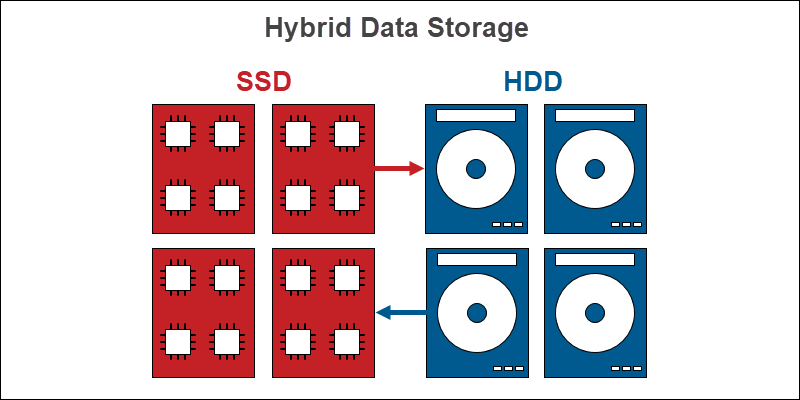
Hybrid solutions are cost-efficient and serve as a stepping stone when migrating from an all-HDD environment. Additionally, you can store frequently accessed data on an SSD for faster access and infrequent long-term data on an HDD.
Cloud
Cloud storage is a cloud computing technology and an alternative to on-premises storage and storage networks. A cloud service provider hosts an off-site infrastructure accessible through a private network connection or over the internet. The vendors also secure, manage, and maintain the infrastructure solution and provide data access upon request.
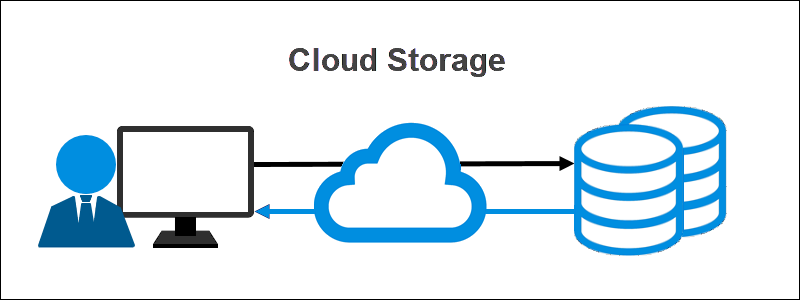
The storage solution is scalable and cost-effective due to eliminating in-house infrastructure setup and management. Cloud storage security is often superior to on-site structures.
Note: Looking to migrate to the cloud? Review all the advantages and disadvantages of cloud computing and use a cloud migration checklist to ensure a smooth and secure transition.
Hybrid Cloud
Hybrid cloud storages use elements from both public and private cloud solutions with on-premises computing. By combining multiple technologies, enterprises choose where to store which data.
For example, data with strict regulations and security goes into a private cloud, whereas less fragile data is better suited for a public cloud. Separating data into different environments creates a layered security model.
In addition, employing different cloud models creates a flexible, scalable, and cost-efficient environment. A hybrid cloud solution helps create optimal IT conditions that integrate with existing infrastructure.
Backup Solutions
Backup solutions are purpose-built to protect enterprises from data loss by periodically creating data copies. By addressing various issues that result in data loss, such as cyber-attacks, data breaches, errors, and outages, backup solutions help enterprises achieve business continuity and preserve data integrity.
Various devices and solutions exist to enable an effective backup strategy. For smaller organizations, SSDs, HDDs, and other direct-attached storage devices are sufficient.
For enterprise-level needs, downtime costs are much higher, and the solutions are also complex. Check out our backup and data recovery guide to see how businesses can respond to such situations.
Note: Use phoenixNAP's Data Storage Converter to convert from one data unit into another.
Forms of Data Storage
There are three basic ways to store and organize data in storage. The critical differences between data storage architectures are in the sections below.
File Storage
File storage is a hierarchical type of storage for organizing and storing data. Data resides in files, while files are in folders or directories. Directories are further contained in other directories, creating a hierarchy of directories and subdirectories.
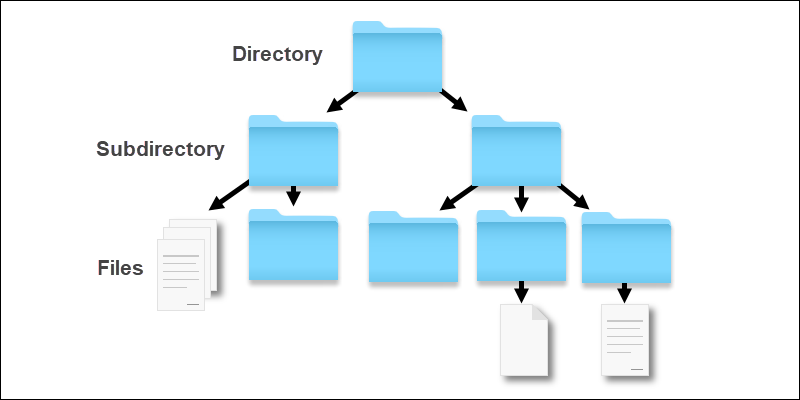
Every file has a unique path consisting of a directory name, subdirectory names, and the file name. File storages are an excellent solution for small-scale structured data. As data grows, the file storage paths increase in complexity. NAS and hard disks use a file storage system to store data.
Block Storage
Block storage (or block-level storage) organizes data by grouping information into blocks. Every block is a separate piece of information and possesses a unique identifier.
The backend storage system reassembles the blocks upon request, presenting a user or application with data. Transporting and accessing data in blocks is dependable and fast, and they are easy to spread across multiple environments, which creates several ways to access the same information.
Block storage is used in SAN and cloud-based storages as a solution.
Object Storage
Object storage (or object-based storage) organizes data in discrete data units known as objects. Every object is an independent repository with data, metadata, and a unique identifier. The unique ID helps locate an object, while metadata is descriptive and customizable.
Cloud-native, AI, and big data applications benefit from utilizing object storage. This storage type is scalable (going up to petabytes) and ideal for storing enormous amounts of unstructured data.
Note: PhoenixNAP's Bare Metal Cloud servers provide access to object storage services and are easy to extend with network storage.
Choose one of the many preconfigured BMC instances tailored to your needs.
Conclusion
After reading this guide, you know more about the different data storage types, devices, and solutions available today. Every data storage solution serves a purpose and is best suited to store data in specific use cases.
